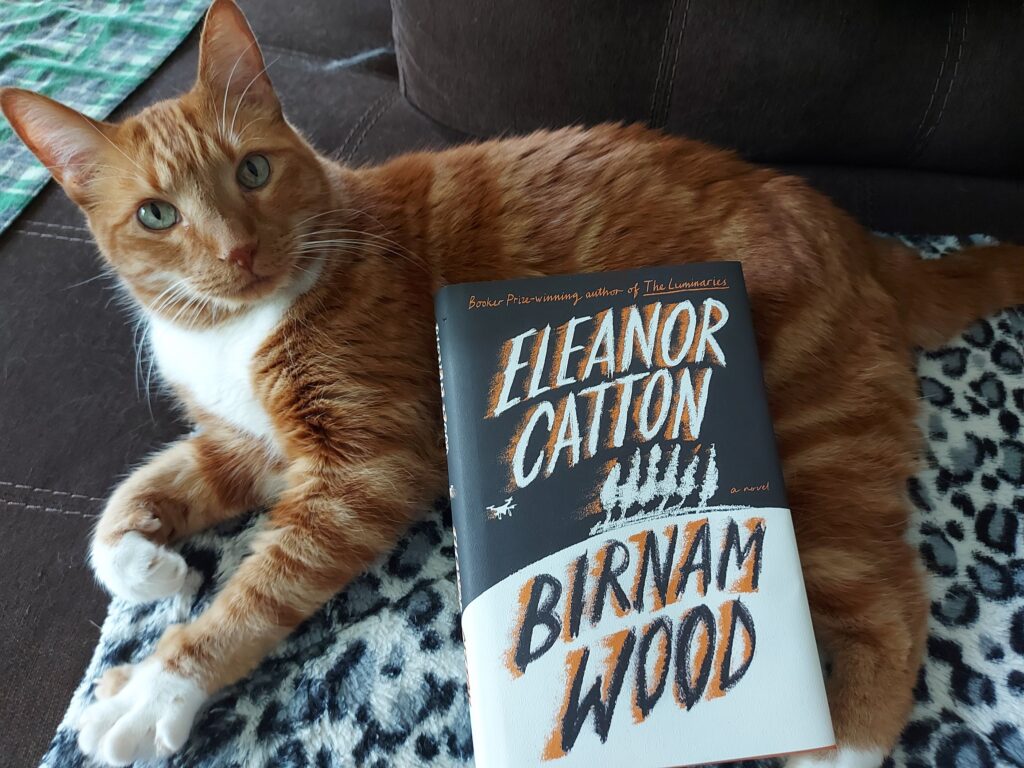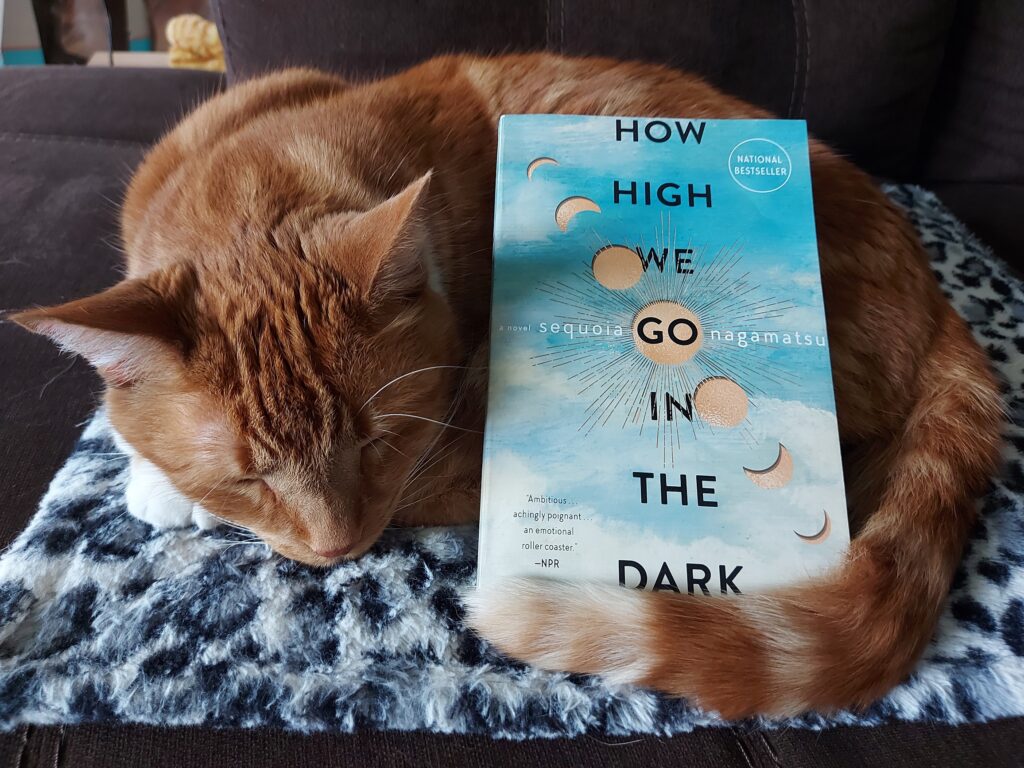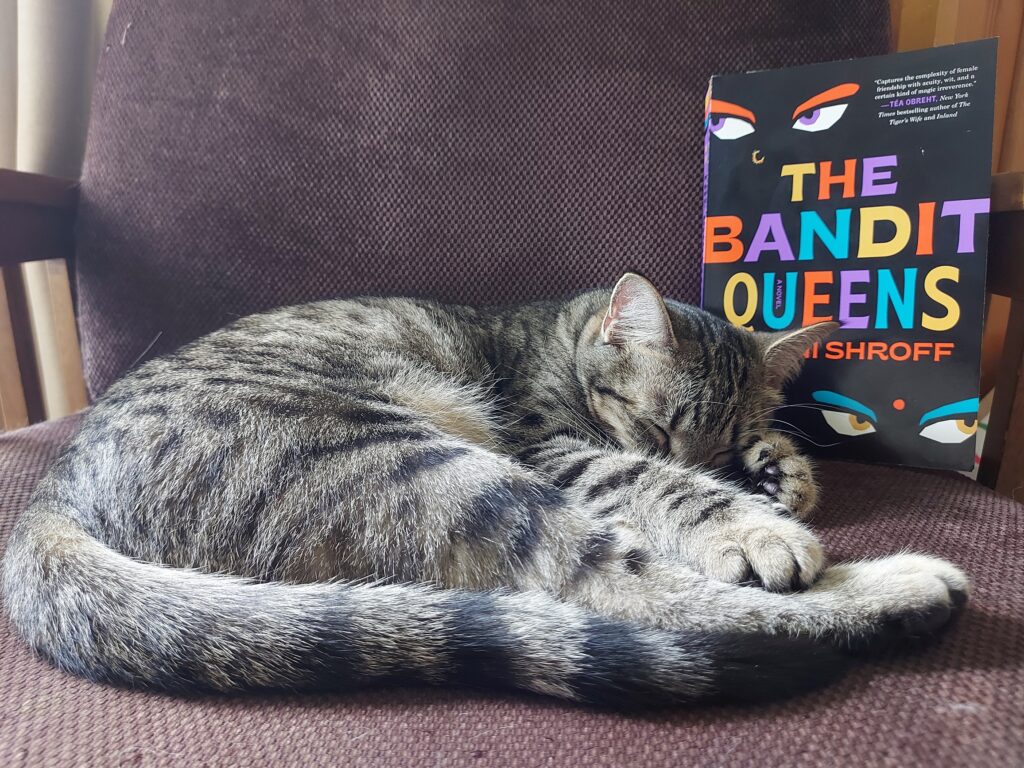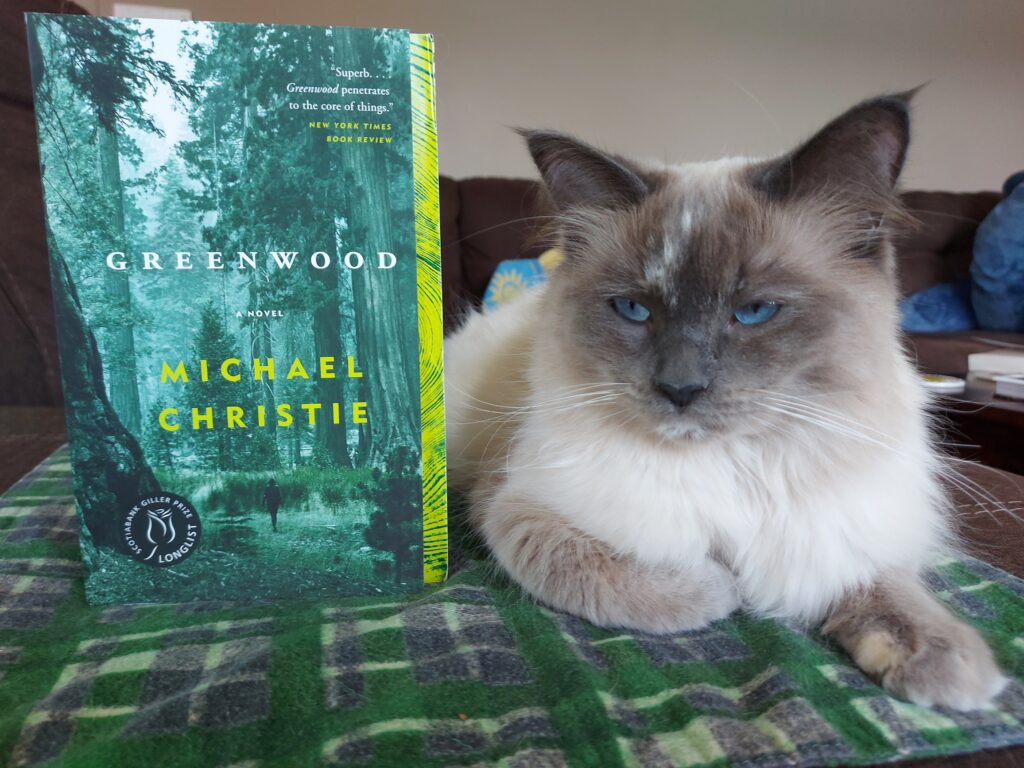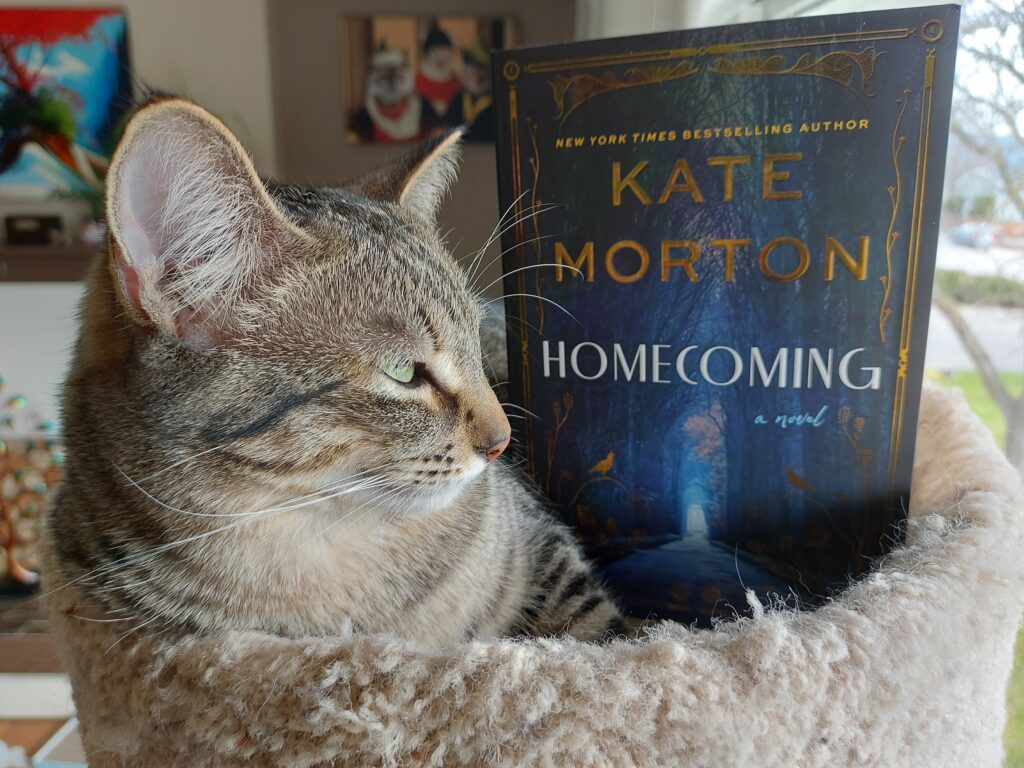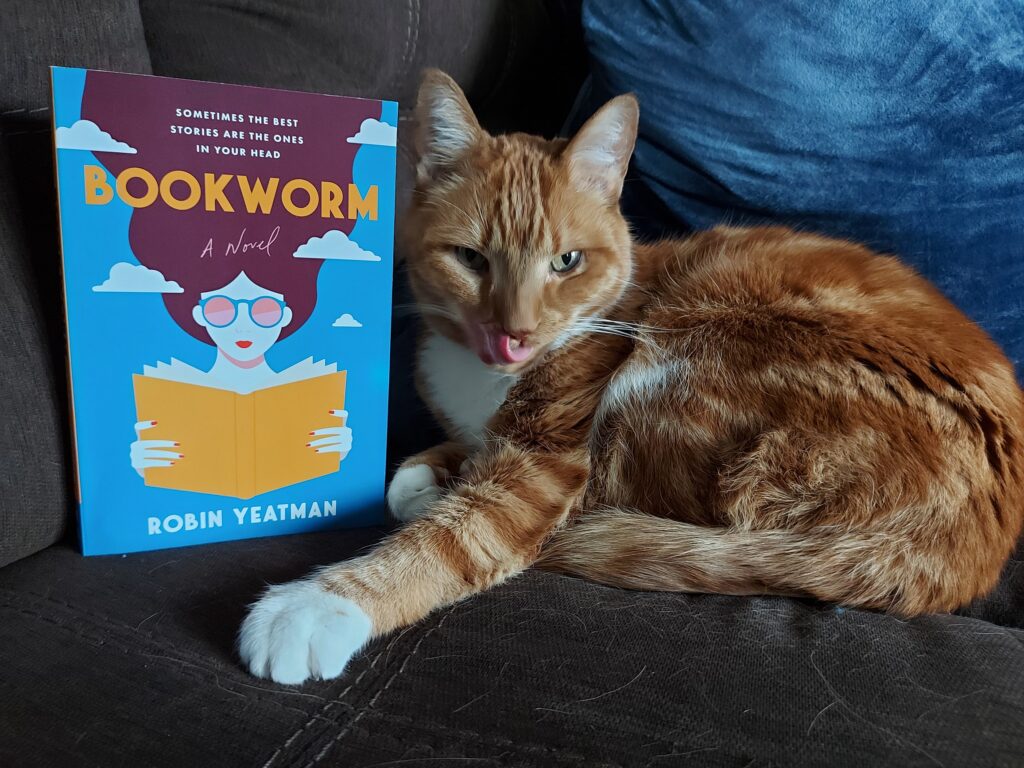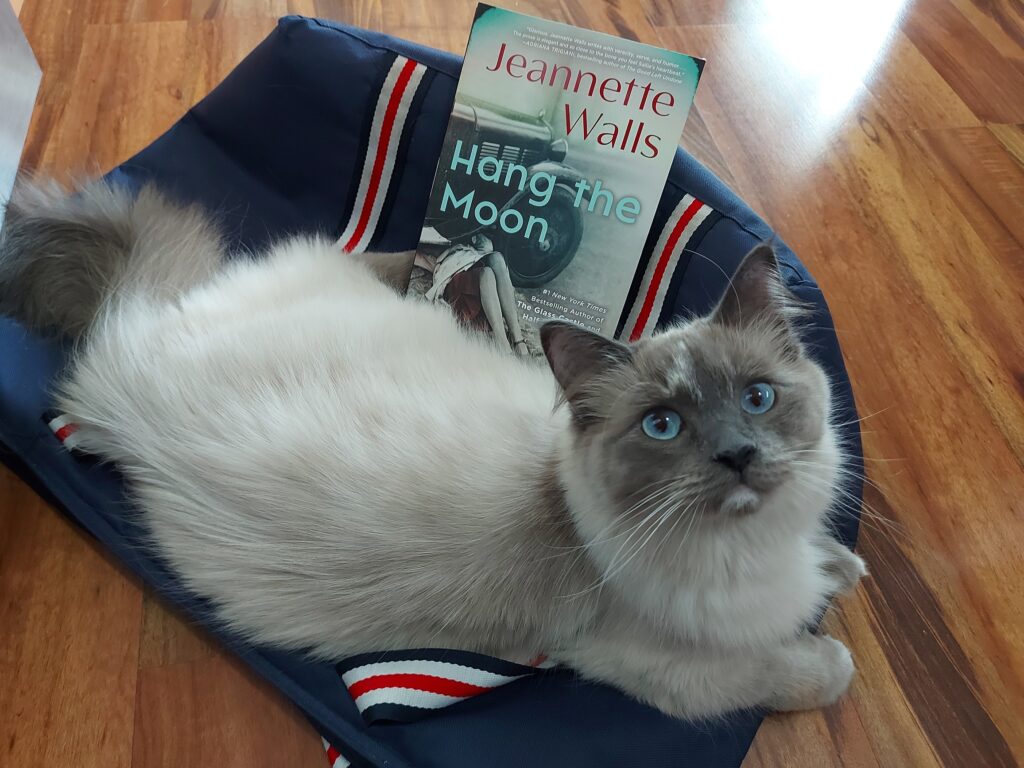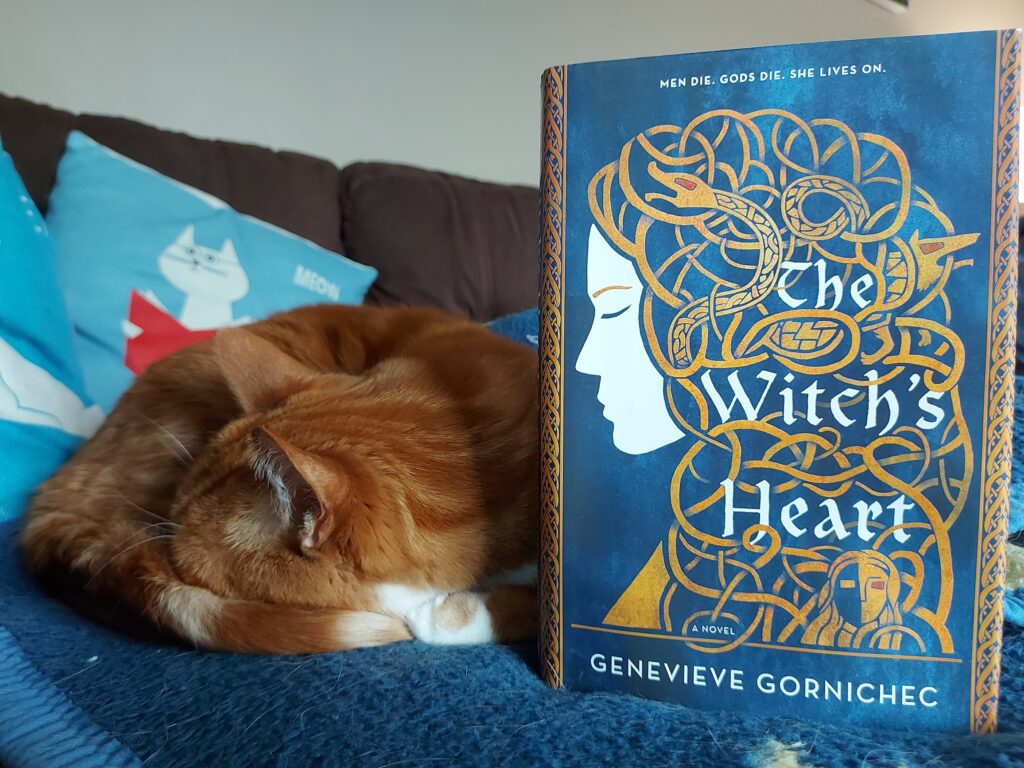Yellowface by R. F. Kuang
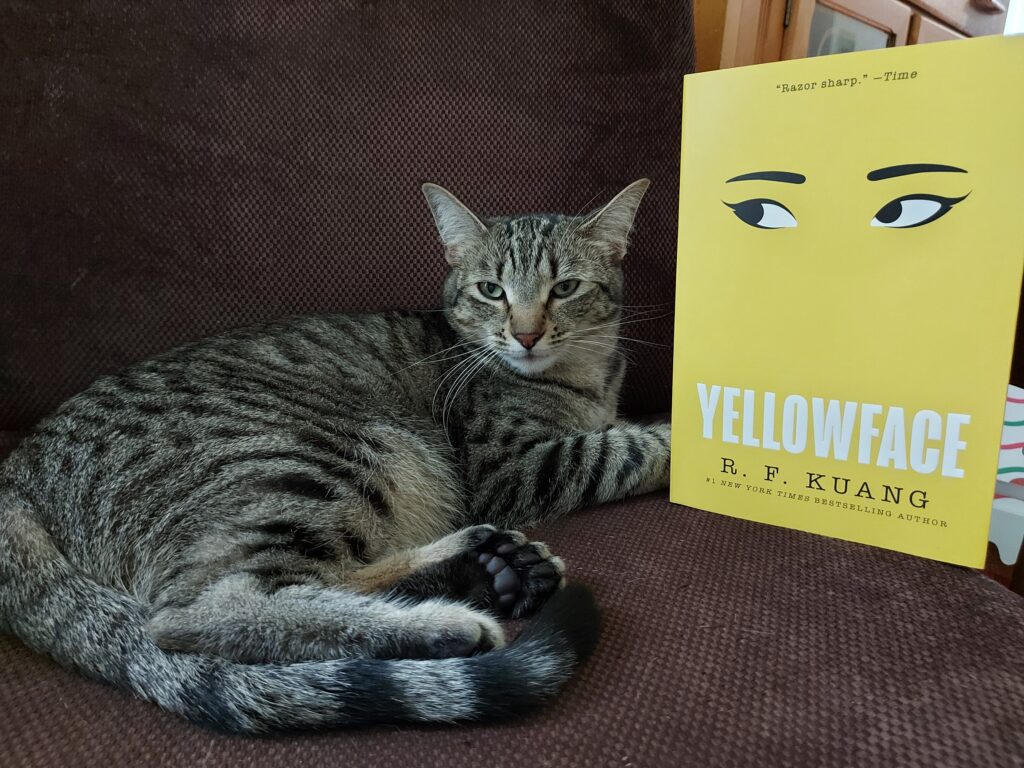
Yellowface is quite the divergence from R. F. Kuang’s last novel, Babel. It is a contemporary satire of the publishing industry, which I am surprised even got published. It does not hold back in its criticism of the racism that permeates the industry. Like Birnam Wood, I cannot say that I liked reading Yellowface. The novel’s “protagonist” is just so awful, I was angry the entire time I read it. However, it is a very interesting behind the scenes look at the publishing industry and how successful writers are made.
…